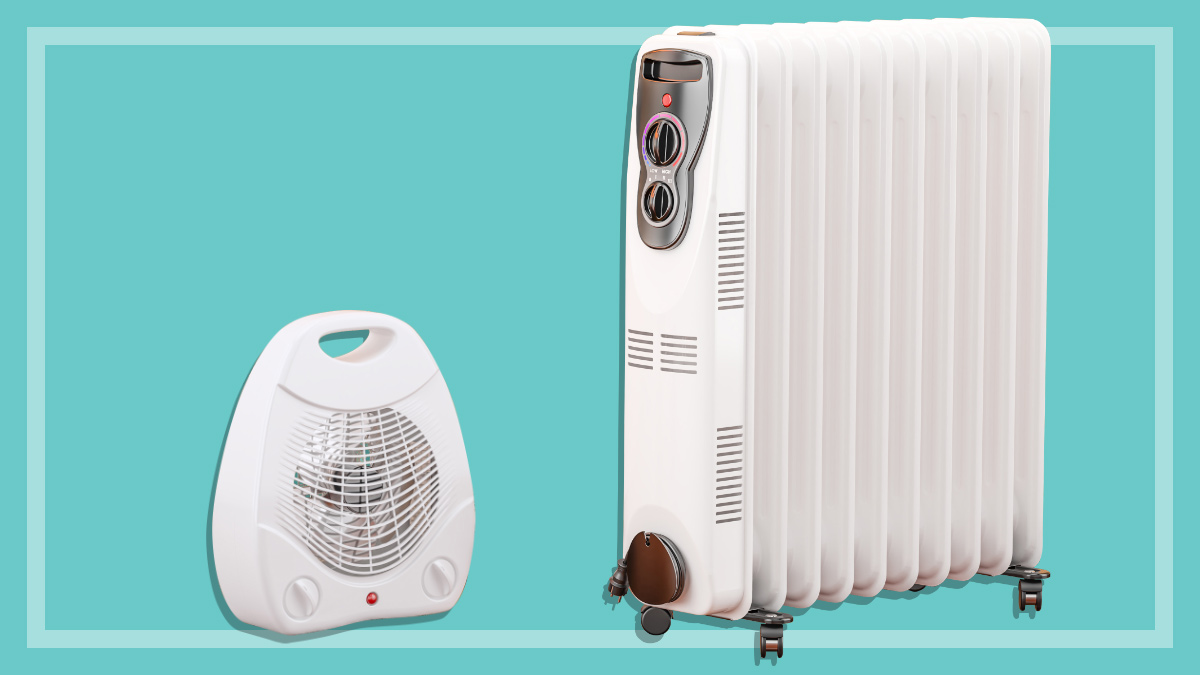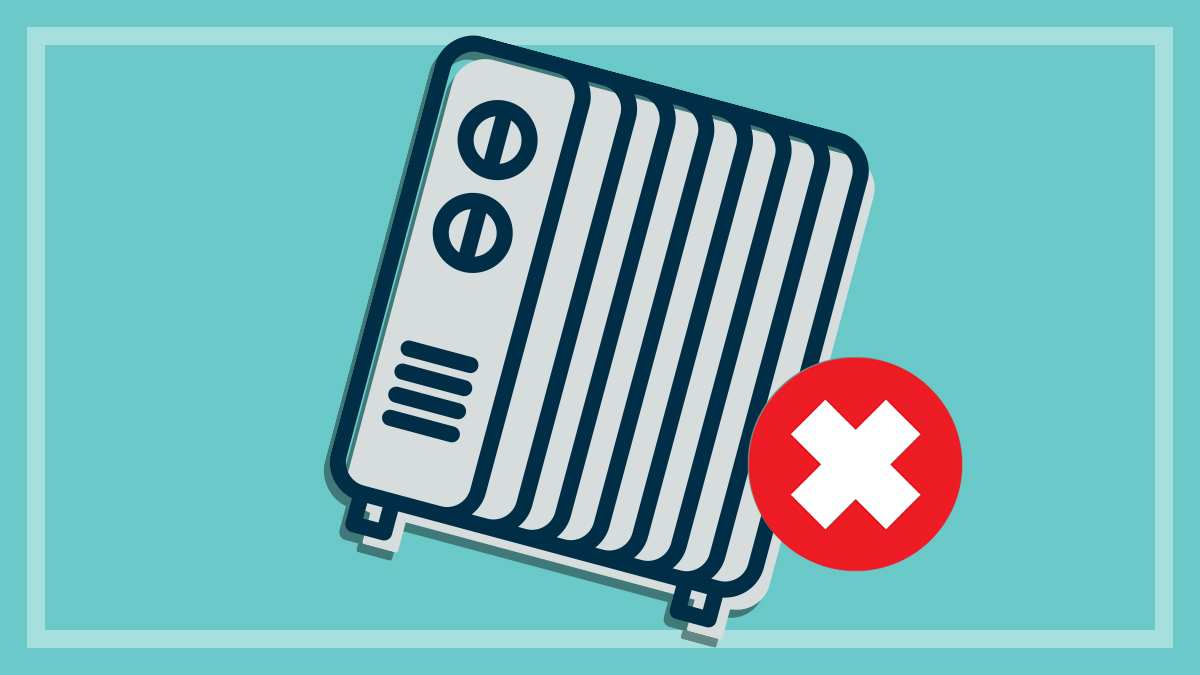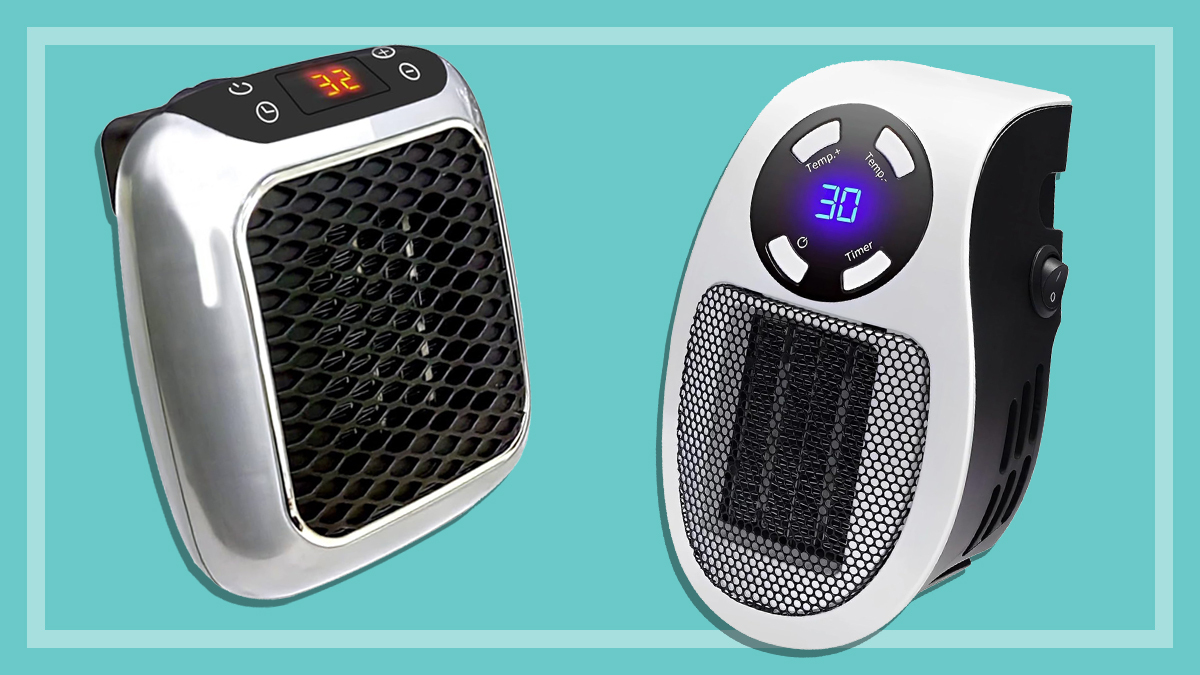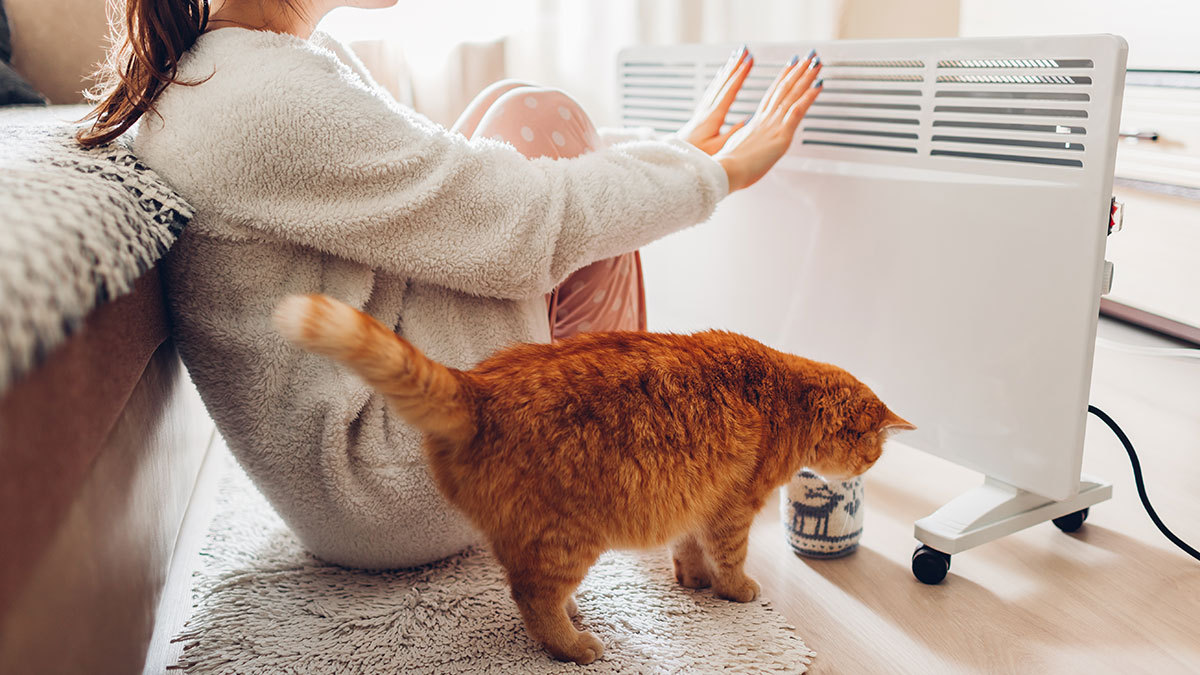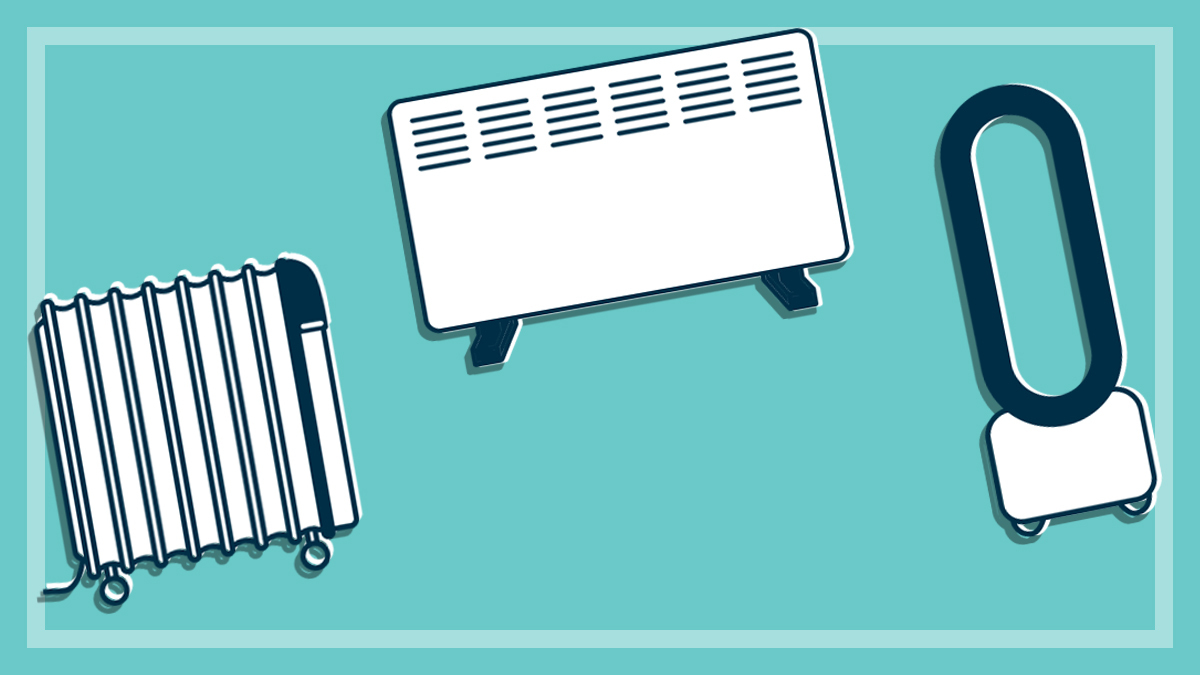Get our independent lab tests, expert reviews and honest advice.
How we test electric heaters

How do you pick the best electric heater to beat the winter chill? It’s not easy to tell at a glance which one will be good at heating, let alone whether it’s reasonably efficient too.
On this page:
- Our expert testers
- How we choose which electric heaters to test
- How does CHOICE test heaters?
- Test criteria explained
- Our test lab
Our electric heater reviews score each model for heating performance, comparative energy efficiency and ease of use, to help you decide which models are hot and which are not. Here’s how we go about getting those test results.
Our expert testers
We’ve been reviewing heaters of various sorts for decades now. CHOICE participates in Australian Standards committees and regulatory forums so we can keep an eye on trends in the industry and government regulations.
How we choose which electric heaters to test
With so many to choose from, what makes us choose one electric heater to test over another? Like with most of our product testing, our aim is to test popular models on the market and what you’re most likely to see in the retailers.
We mainly test convection and column heaters. Generally we don’t include a lot of radiant heaters or small fan heaters as there are a lot of different models in the market and model turnover can be quite rapid. Also, radiant and small fan heaters are often best suited to warming an individual person, while we focus on models more suited to heating a room.
We survey manufacturers to find out about their range, we check market sales information and we also check for any member requests to test specific models. From this information we put together a final list that goes to our buyers. They then head out to the retailers and buy each product, just as a normal consumer would. We do this so we can be sure they’re the same as any consumer would find them and not ‘tweaked’ in any way.
Buying the heaters in time for testing is always a challenge, as they often don’t appear in retail stores – or even in distributor warehouses – until the cold season actually starts in late May, while we need to be testing and reporting on the results in time for winter. So unfortunately, we can’t always test some major brands or models. There are also a lot of models that appear for one season only, often at cheap prices; we test some of these to see how they compare, but can’t cover the market in this category.
How does CHOICE test heaters?
Heating performance
The testing is performed by an accredited laboratory and measures how long it takes to raise the room temperature by 5°C and 10°C from an ambient temperature of 8°C. If the heater has a fan, it’s turned on for this test. The adjustable test room is 4.9 deep x 3.5 long x 2.4 metres high and is fitted with an array of sensors to measure the temperature at each point in the room. The test room itself has a standard household wooden door with a small window fitted into it and is fully insulated.
Some heaters can manage the 5°C rise in as little as seven or eight minutes, which we rate as an excellent performance. A 10°C rise usually takes much longer, but again some manage an excellent performance, achieving this in 30 minutes or less. However, some heaters don’t manage a 10° temperature rise at all.
The testers measure how evenly the heat is distributed through the room. With the best models, there’s less than a two degree difference across the room, but usually it’s more like a three or four degree variation, even with the heater’s fan on.
The testers also measure each heater’s thermostat performance. A good thermostat should not let the room’s average temperature vary too much – a variation of one degree or less is a good performance. The larger the variation in the room’s temperature, the lower the score for this particular test.
Safety
The heaters are checked for electrical safety, including cord anchorage , earthing and electrical strength. The testers also measure surface temperatures at various points on the heater.
We lie the heater on its side, to simulate it being knocked over, and see how quickly the thermal cut-out feature shuts the heater off.
We notify regulators if any heaters fail the safety tests.
Energy efficiency
This is based on the power used versus the temperature rise achieved in the performance test. While several models rate well in this respect, this is only comparative between the tested models, and a good rating doesn’t necessarily mean that an electric heater is the best form of heating for your needs; a reverse-cycle air conditioner may well be more effective and more efficient, even if a little more expensive to buy and install.
Good heating performance and good energy efficiency don’t always go together. A model may be great at heating, but only OK for efficiency, meaning it will heat the room effectively but cost more to run. Some are efficient but only OK performers, so they don’t heat the room as effectively, but at least they use less power. Sadly, we’ve found a few that are not only weak at heating, but use a comparatively large amount of power too; unsurprisingly these tend to sit towards the bottom of our table.
Ease of use
Testers look at the controls, stability, moving the heater around and cleaning the heater.
Test criteria explained
The overall score is made up of:
- Heating score (70%), which factors in how quickly the heater warms up the test room, the temperature distribution and thermostat performance.
- Ease of use score (30%), with the criteria listed above weighted equally.
Our test lab
Testing electric heaters requires a very specific laboratory, as described above. While CHOICE does have high quality thermal laboratories for testing fridges and other products, we don’t have a lab suited to electric heater testing – it would not be economical for us to construct and maintain. So when we review electric heaters, we send them to an accredited external lab, which tests them to a program we’ve specified.

